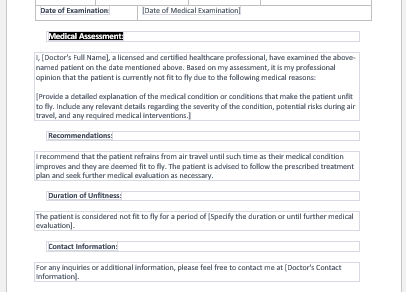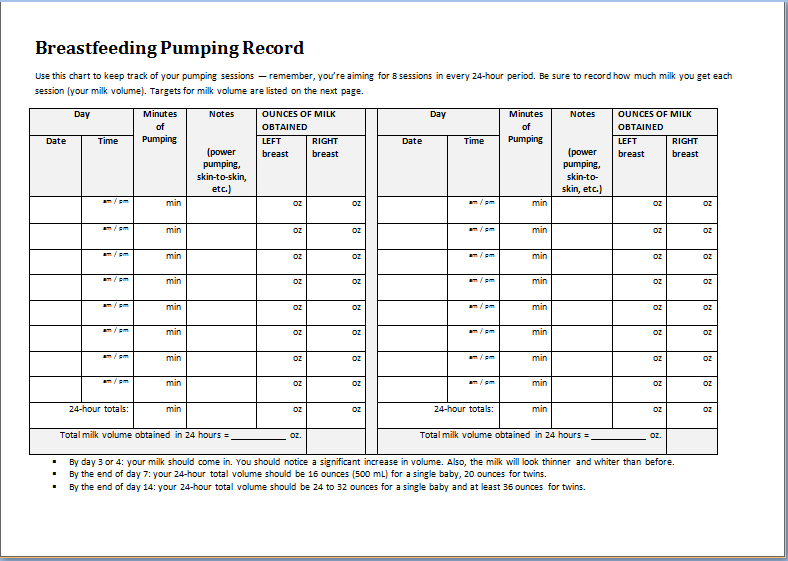The third trimester of pregnancy marks the importance of regular antenatal visits. A pregnant woman with an uneventful pregnancy needs to go to her doctor every two weeks. All the symptoms and physiological changes appear to be exaggerated in the third trimester.
A pregnant woman may feel more fatigue and pain in her legs and symphysis pubis, she may feel breathlessness, palpitations, and hot flashes due to hormonal changes. Weight has started to gain tremendously, and she feels like more vaginal and urinary infections are showing a recurrence. If the lady develops any pregnancy-induced medical condition like gestational diabetes, hypertension, or preeclampsia, signs and symptoms increase in the third trimester.
Weeks 31 to 33
- In a pregnancy journal for these weeks, one has to write all the events that could be possible from 31 to 33 weeks. The name of the doctor or midwife has to be mentioned in every journal.
- The date of the antenatal visit is also important to mention. The gestational age at that specific date and the expected date of delivery are to be mentioned every time.
- The vitals of the pregnant lady are important to take. Her blood pressure at the time of examination is very important to measure and note down.
- Ask the lady if she has any present complaints. She may suffer from nausea, breathlessness, sweating, swelling of the feet and eyes, or any other thing she wants to mention.
- Her weight is measured at the time of the visit, and the total weight gain from previous checkups is also mentioned.
- Her urine sample is taken for routine urine analysis, and if she is pre-eclamptic, she may show proteins in her urine sample. Other signs and symptoms of pre-eclampsia, like headaches, blurring of vision, nausea, and epigastric pain, are also noted.
- She has to mention if she is having normal baby movements. As each pregnancy has a different pattern of fetal movements, a mother knows by now the difference between normal and abnormal baby movements. If you are not satisfied with the movements, you must consult your doctor for further evaluation.
- If the mother is feeling any contractions, do mention them with the duration and frequency over ten minutes.
- Any form of leaking, discharge, vaginal bleeding, or spotting has to be mentioned if any of such things are noticed by the mother.
- The size of the uterus is measured according to her gestational age, and correlated by manual abdominal examination and obstetric ultrasound. This roughly gives an idea if the baby inside is growing well or not.
- The fetal heartbeat is assessed either through a fetoscope, sonic aid, or ultrasound examination. It is really good to mention the fetal heart rate at the time of examination.
- This is also the time for vaccination. So, mark if you take the flu shot or the tetanus dose.
- In the investigation section, all the tests, including the ultrasound report, have to be mentioned with a proper description.
- In the end, the mother is advised about her diet and supplements, and the date for the next visit is given.
- Mental Health Evaluation Forms
- Forms Used by Pediatricians
- Various Forms Related to Pregnancy Verification
- Common Forms Used by ENT Specialists
- Pain Diary Worksheet Template
- Forms Commonly Used by Old Age Homes
- Medical Treatment Consent Form
- Home Exercise Program Worksheet
- Forms Used for Mental Health Assessment
- Forms Used by Psychologists
- Medical Forms Commonly Used by/for Students
- Assessment Consent Form
- Forms Used by an Anesthesiologist
- Not Fit to Fly Certificate Template
- Home Visit Consent Form for Schools



